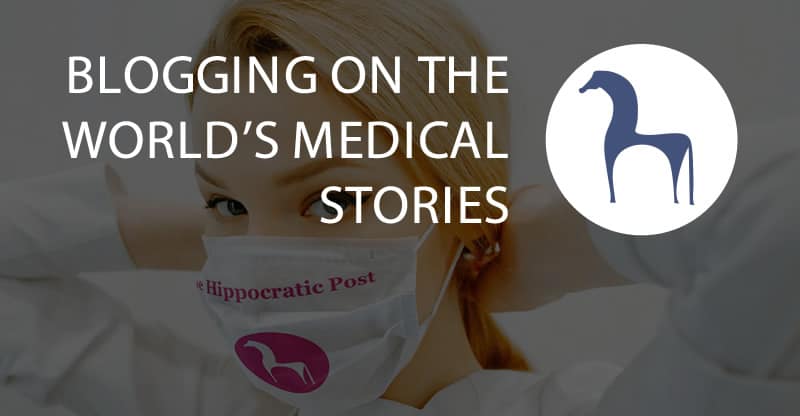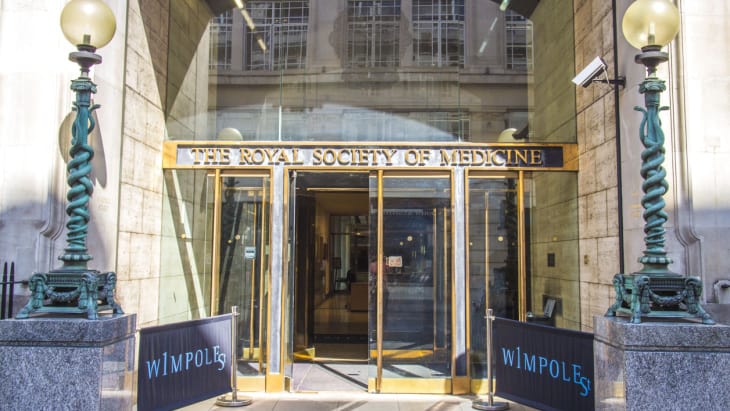Exhibition: The Golden Age of Melancholy, Royal Society of Medicine Library: A new exhibition of historical medical literature opens today at the Royal Society of Medicine, offering a glimpse into the many ways in which melancholy was understood during the early modern period (1550-1750).
With increased attention on mental health in recent decades, melancholy or depression might be considered to be a modern phenomenon. However, the exhibition shows that this is not the case. The key symptoms of melancholy reported in the early modern period were the pensive sadness and apprehension that is still associated with the term today.
Drawn from the rich archive collection of books, manuscripts and records held by the Royal Society of Medicine Library, the exhibition features a number of rare items including a 1586 copy of the book A Treatise of Melancholy by Timothie Bright, the first full-length English treatise to investigate melancholy from a medical background.
Exhibition curator Hannah Brumby, who is exploring early modern writers’ attitudes towards (and conceptualisations of) melancholic masculinity for her PhD at the Shakespeare Institute, University of Birmingham, said: “Bright’s Treatise was printed twice in quick succession, suggesting a high demand for the literary work and highlighting a rise in interest in the topic of melancholy among the educated elite of the sixteenth century.”
Brumby continues: “One thing that drew me to Bright’s writing – perhaps as it links the text most closely to my own background of literature and theatre – is that it is addressed to ‘his melancholick friend M’, a character created by Bright who demonstrates all of the signs of a melancholy complexion.”
Other items in the exhibition include Robert Burton’s 1621 The Anatomy of Melancholy, Thomas Elyot’s The Castel of Health (1541) and Julius Degravere’s 1662 Thesaurus Remediorum.
Brumby adds: “I was surprised by the number of titles held by the RSM which I had not come across in my previous studies and which have proved hugely beneficial to my research on melancholy. Of particular interest are Phillip Barrough’s Methode of Physicke (1583), which details both the causes and treatments of a melancholy condition and Peter Lowe’s 1612 A Discourse of the Whole Art of Chyrugerie, which explores the condition in a useful Q&A style layout.”
The exhibition is free to attend and can be found in the Royal Society of Medicine Library, 1 Wimpole Street, London, W1G 0AE.
Opening hours
Monday – Thursday: 9.30am – 6.00pm
Friday: 9.30am – 5.30pm
Saturday – Sunday: Closed
- The Golden Age of Melancholy, Royal Society of Medicine Library - 16th January 2023
- Health experts fear impact of deteriorating hostile environment - 26th February 2022
- Update on cancer genetics, epigenetics and resulting therapeutics - 11th January 2022


